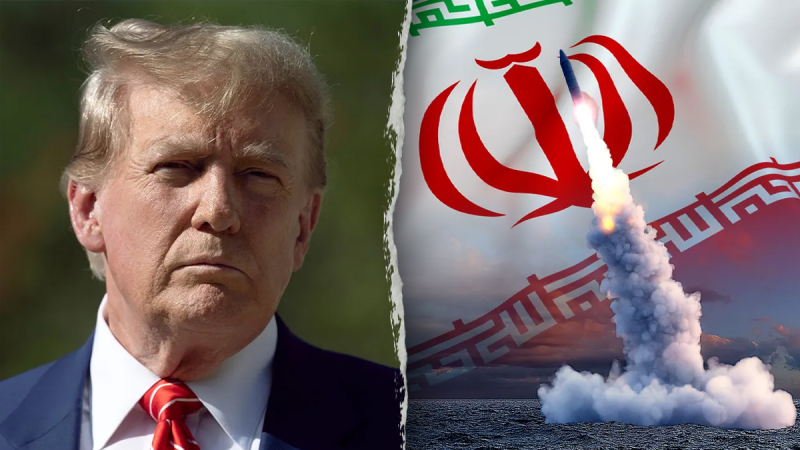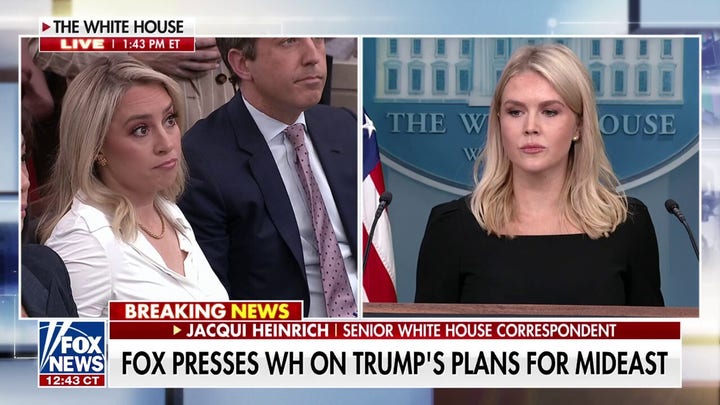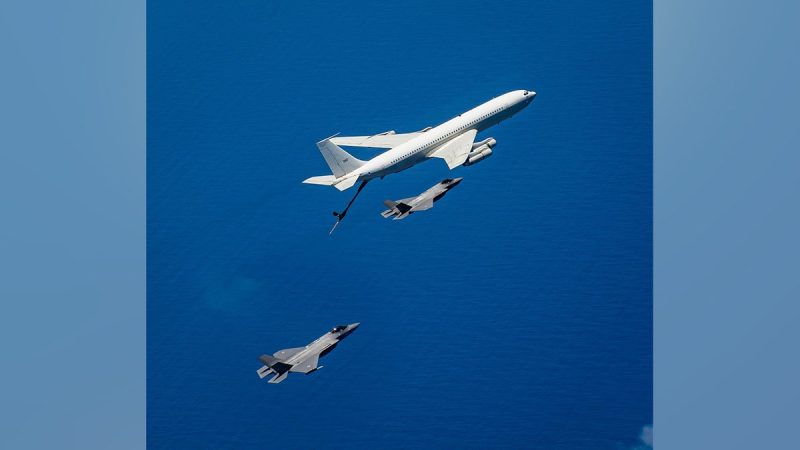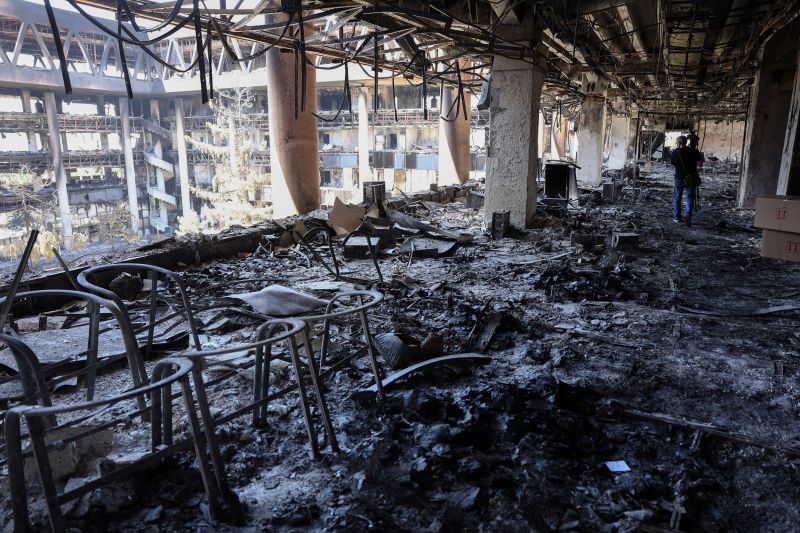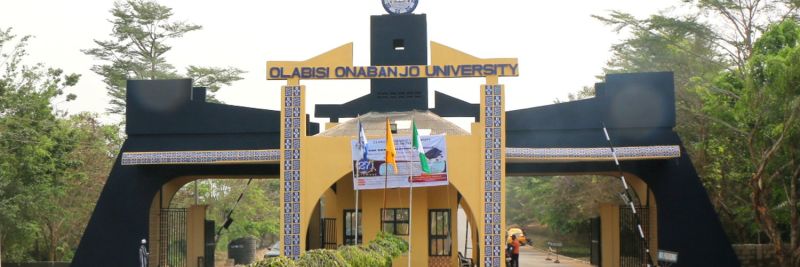
U.S. troops based in the Middle East could face increased attacks in the coming days or weeks, should the U.S. decide to become involved in the growing conflict between Israel and Iran.
White House Press Secretary Karoline Leavitt said Thursday that President Donald Trump will make a decision in the next two weeks whether the U.S. will move forward and strike Iranian nuclear facilities.
‘Yes, I may do it. I may not do it,’ Trump said Wednesday. ‘I mean, nobody knows what I’m going to do. I can tell you this, that Iran’s got a lot of trouble, and they want to negotiate.’
Meanwhile, Iran has issued a clear message: Doing so will come with consequences. Iran has cautioned that the U.S. will suffer if it chooses to become involved in the conflict, and previously issued retaliatory strikes against bases where U.S. troops were housed after the U.S. killed a top Iranian general in 2020.
‘The Americans should know that any U.S. military intervention will undoubtedly be accompanied by irreparable damage,’ Iran’s Supreme Leader Ayatollah Ali Khamenei said Wednesday, according to state media.
The Pentagon has bolstered its forces in the Middle East in light of the growing tensions, including sending the aircraft carrier Nimitz from the South China Sea to join the aircraft carrier Carl Vinson in the Middle East.
The Pentagon referred Fox News Digital to Department of Defense spokesperson Sean Parnell’s Monday statement that American forces remain in a ‘defensive posture’ and Hegseth’s announcement Monday that more forces had been deployed to the Middle East.
‘Protecting U.S. forces is our top priority and these deployments are intended to enhance our defensive posture in the region,’ Hegseth said Monday.
Sen. Richard Blumenthal, D-Conn., pressed Hegseth Wednesday for details regarding what contingency plans are in place from drones amid rising tensions in the Middle East. Three U.S. service members were killed in an unmanned drone attack in Jordan in January 2024 that was attributed to an Islamic Revolutionary Guard Corps-backed militia.
‘I have no assurance that we have the capacity to safeguard against a swarm of small, lightweight, slow-moving drones that are, in my view, our major vulnerability, and right now, if we engaged in the Iran conflict, would put us and U.S. personnel at risk there,’ Blumenthal said Wednesday.
The U.S. currently has more than 40,000 U.S. troops and Defense Department civilians stationed in the Middle East. Here are some of the countries where U.S. military personnel are based and could face heightened threats:
Iraq
Roughly 2,500 U.S. military personnel are stationed in Iraq as of September 2024, and are assigned to Combined Joint Task Force–Operation Inherent Resolve, according to the Department of Defense. Their role in Iraq involves advising and supporting partner forces in the region to defeat ISIS.
Following the 2020 U.S. airstrike that killed Iranian Gen. Qassem Soleimani in Iraq, Iranian forces launched ballistic missile attacks at Erbil Air Base and Ain al-Asad Air Base in Iraq, where U.S. troops are stationed.
Jordan
About 350 U.S. troops are deployed to Jordan at a remote military base known as Tower 22, according to the Department of Defense.
In January 2024, three soldiers were killed and another 40 were injured when a one-way uncrewed aerial system struck Tower 22.
In May, ten New York Army National Guard soldiers were awarded the Purple Heart for the injuries they suffered in the attack. The Pentagon blamed an Iranian-backed militia for the attack.
Kuwait
The U.S. currently operates five bases in Kuwait: Camp Arifjan, Ali Al Salem Air Base, Camp Buehring, Camp Patriot and Camp Spearhead.
As of January, approximately 13,500 U.S. troops are based there and primarily are focused on eliminating the threat of ISIS, according to the U.S. State Department.
Qatar
Qatar hosts U.S. Central Command’s forward headquarters at Al Udeid Air Base, home of the Air Force’s 379th Air Expeditionary Wing, which Air Forces Central Command has dubbed the ‘largest and most diverse wing’ within the command. The wing includes airlift, aerial refueling intelligence, surveillance and reconnaissance, and aeromedical evacuation assets, according to Air Forces Central Command.
Bahrain
Naval Forces Central Command is based out of Manama, Bahrain, where it spearheads a coalition of regional and international partners that are focused on supporting task forces targeting counterterrorism, counter-piracy and maritime security in the region.
The Navy first established a base in Bahrain in 1971, which has hosted Naval Forces Central Command since 1983.
United Arab Emirates
Just 20 miles south of the United Arab Emirates capital of Abu Dhabi is Al Dhafra Air Base, home of the Air Force’s 380th Air Expeditionary Wing.
The wing includes unmanned aircraft including the RQ-4 Global Hawk, a remotely piloted surveillance aircraft.



